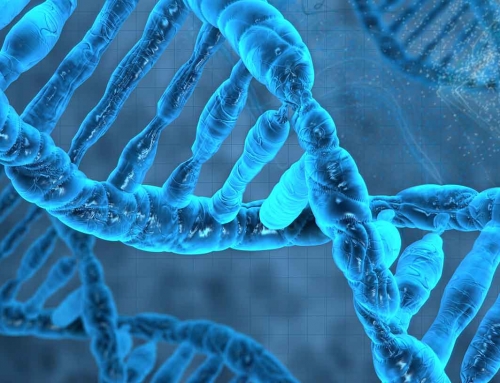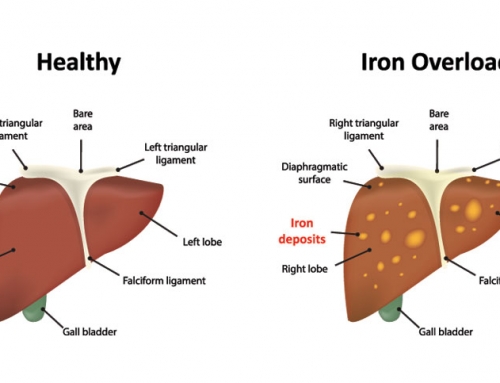What are the Hemochromatosis risk factors?
Several risk factors are associated with an increased chance of developing hereditary hemochromatosis:
Family history
An individual’s family history can offer clues about the chances of developing hemochromatosis. People with a parent or sibling who have a confirmed diagnosis of hemochromatosis are more likely to develop hemochromatosis. People with a family history of premature death by heart disease or liver disease, diabetes mellitus, skin color changes to bronze-colored, osteoarthritis, hypothyroidism, infertility, impotence and depression which may be attributed to hemochromatosis are also more susceptible to developing hemochromatosis.
Genetics
Three mutations in the HFE gene have been associated with an increased risk of developing hemochromatosis. Of the three mutations, C282Y is most commonly found and carries the highest risk for iron overload when inherited in the homozygous state. The H63D and S65C mutations are less penetrant and have a lower chance of developing the disease when inherited in the homozygous state.
Ethnicity
People of Northern European descent are at greater risk of developing hereditary hemochromatosis than people from other ethnic backgrounds. In Northern Europeans, the ethnic groups with the highest risk include British, Scottish, Irish, Dutch, Danish, Scandinavian, German, French, Spanish (Northern regions) and Italians (Northern regions). Hemochromatosis is less commonly observed in Africans, Asians, Hispanics/Latinos, and American Indians.
Gender
Males have a higher risk of developing the symptoms of hemochromatosis earlier than females. Females naturally lose iron due to menstruation and pregnancy making them less likely to develop hemochromatosis early in life. However, after menopause or a hysterectomy, the risk factor for females increases significantly.
References:
Hemochromatosis.org. Provided by Iron Disorders Institute.
Hemochromatosis. National Heart, Lung, and Blood Institute. National Institutes of Health.
Beutler E, Felitti V, Gelbart T, Ho N (2001). Genetics of Iron Storage and Hemochromatosis. Drug Metabolism and Disposition. 29(4): 495-499.
Lyon E, Frank EL (2001). Hereditary Hemochromatosis Since Discovery of the HFE Gene. Clinical Chemistry 47(7): 1147–1156
Ajioka RS, Kushner JP (2003). Clinical consequences of iron overload in hemochromatosis homozygotes. Blood 101(9): 3351-3353.
DNA In the News2017-04-06T19:20:35+00:00






